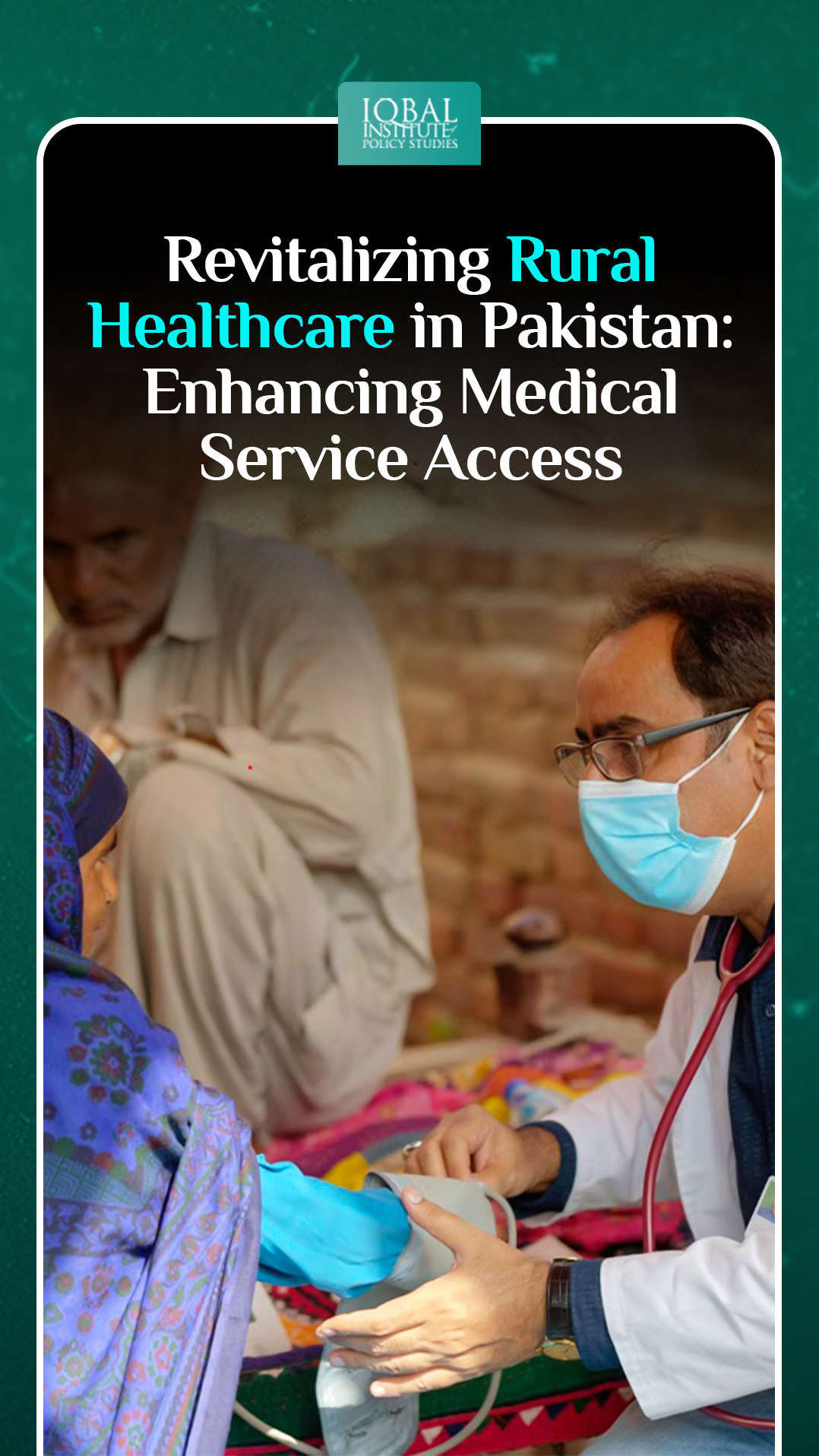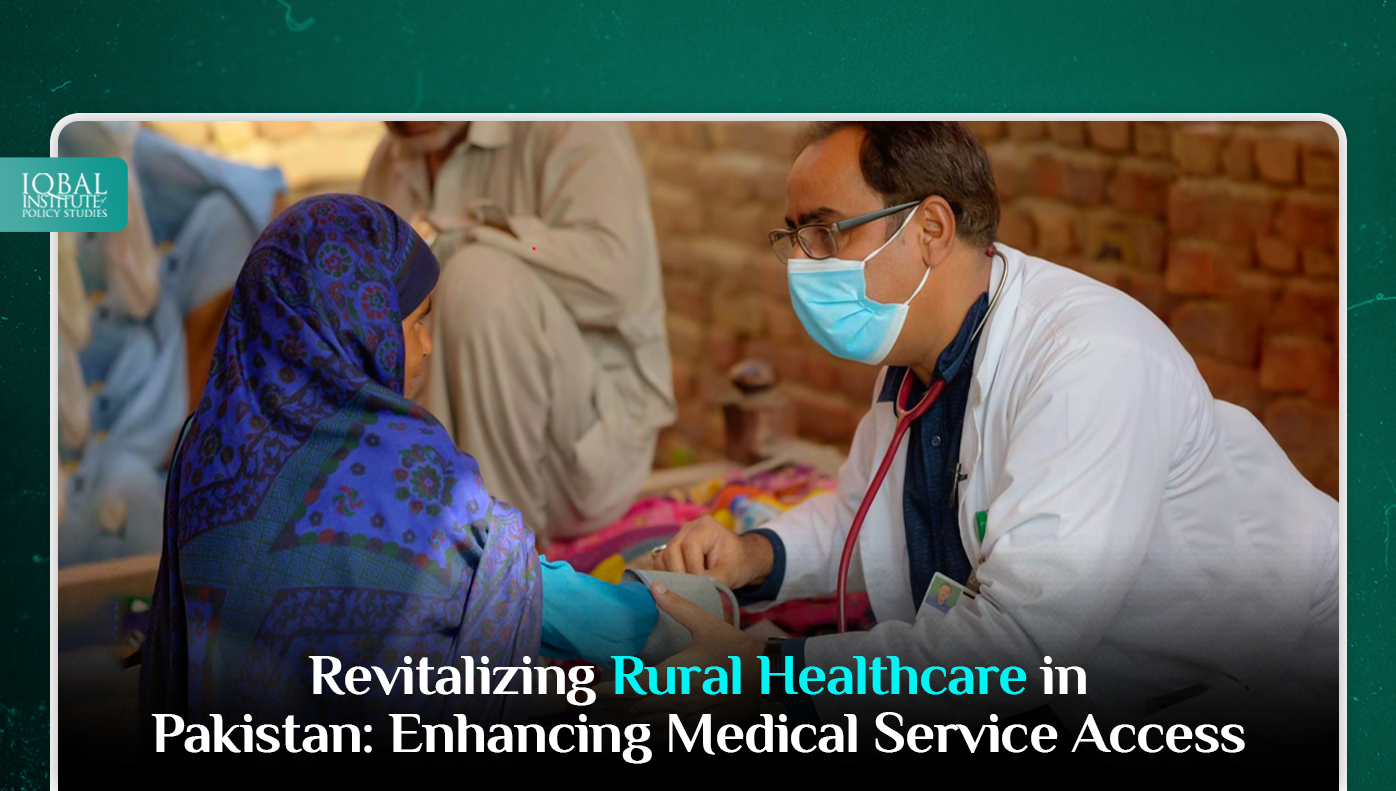Access to quality healthcare is a fundamental human right that should not be constrained by geographical boundaries. In a country as diverse and multifaceted as Pakistan, where a substantial portion of the population resides in rural and remote areas, the challenge of providing equitable healthcare services becomes even more complex. However, recent advancements in rural development initiatives have ushered in a ray of hope, as innovative strategies are being employed to bridge the healthcare gap between urban centers and rural communities. This comprehensive blog delves into the multifaceted approaches that are redefining healthcare accessibility in Pakistan’s rural landscapes.
The Rural Healthcare Challenge in Pakistan
In Pakistan, the challenge of providing adequate healthcare services in rural areas is a pressing concern that underscores the country’s healthcare disparities. A significant portion of the population resides in remote regions where access to quality medical services is severely limited. This discrepancy is fueled by a combination of factors, including insufficient infrastructure, a shortage of healthcare professionals, and inadequate resources. Geographical barriers and poor transportation networks further exacerbate the problem, making it difficult for rural residents to access timely medical care. Consequently, these underserved communities face higher rates of preventable illnesses, maternal and infant mortality, and overall poor health outcomes.
The lack of healthcare infrastructure in rural areas perpetuates a cycle of unequal access, where those in urban centers have significantly better opportunities for medical attention and treatment. As Pakistan strives for a more equitable healthcare system, addressing the rural healthcare challenge through innovative strategies and rural development initiatives becomes crucial. By recognizing the specific needs of these underserved areas and implementing targeted interventions, the nation can take significant strides toward improving medical access, promoting better health outcomes, and fostering overall development in its rural communities.
Integrating Technology and Telemedicine
In a digital age where connectivity is expanding its reach even into the most remote corners of the nation, harnessing technology for healthcare services has emerged as a transformative solution. Telemedicine, which involves the use of digital communication tools to facilitate remote medical consultations, is playing a pivotal role in this transformation.
Telemedicine platforms, such as those championed by Sehat Kahani in Pakistan, enable patients in rural areas to consult with qualified doctors and specialists located in urban centers. Through video calls and telephone consultations, individuals can seek medical advice, receive diagnoses, and even obtain prescriptions, all without having to travel long distances. Notably, initiatives like Sehat Kahani also emphasize gender empowerment by engaging female doctors, thereby addressing traditional barriers to women’s access to healthcare services.
Mobile Medical Units: Taking Healthcare to the Doorsteps
An innovative and impactful approach to tackling rural healthcare challenges is the utilization of mobile medical units. These units are essentially mobile clinics equipped with essential medical facilities and staffed by healthcare professionals. They traverse through challenging terrains to bring medical services directly to underserved communities, effectively eliminating the barriers of distance and accessibility.
The Indus Health Network’s “Sehatmand Gao” program exemplifies the efficacy of mobile medical units. This initiative deploys these units to deliver healthcare services to the remotest areas of the country. These units not only provide medical consultations and treatments but also organize health camps that create awareness about preventive healthcare practices. Such initiatives significantly contribute to improving the health and well-being of communities that were previously marginalized from healthcare access.
Empowering Community Health Workers: Grassroots Impact
An approach that resonates with sustainability and grassroots impact is the empowerment of local individuals as community health workers (CHWs). These individuals are provided with basic medical training and serve as the first point of contact for healthcare services in their respective communities. They offer health education, administer primary treatments, and crucially, refer severe cases to higher-level medical facilities.
The Pakistani government’s “Lady Health Worker Program” is a prime example of the transformative power of community health workers. This pioneering initiative has established one of the world’s largest CHW networks, particularly focusing on maternal and child healthcare services in rural areas. By training and engaging local women, this program not only improves healthcare access but also generates employment opportunities and promotes community development.
Public-Private Partnerships: Strengthening Healthcare Infrastructure
The collaboration between public entities, NGOs, and private healthcare providers through public-private partnerships (PPPs) has demonstrated substantial potential in enhancing rural healthcare services. These partnerships leverage the strengths of various stakeholders to drive positive change, improve infrastructure, and enhance healthcare service delivery in underserved regions.
The establishment of “Rural Health Centers” through PPPs exemplifies this collaborative approach. These centers function as comprehensive healthcare hubs, providing a range of services from consultations to vaccinations and maternity care. The convergence of resources and expertise from different sectors ensures a holistic and sustainable healthcare ecosystem for rural communities.
Healthcare Awareness and Education: Empowering Communities
Raising awareness and promoting healthcare education are critical components of transforming healthcare access in rural Pakistan. Educational campaigns that focus on hygiene, sanitation, nutrition, and disease prevention play an instrumental role in fostering healthier lifestyles and reducing the burden of preventable diseases.
NGOs and governmental bodies conduct health camps, workshops, and informational sessions to disseminate essential healthcare knowledge. By empowering individuals with information, communities become better equipped to make informed decisions about their health and well-being, thereby creating a ripple effect of positive change.
Conclusion
The healthcare landscape in rural Pakistan is undergoing a profound transformation, thanks to innovative and multifaceted approaches rooted in rural development. The integration of technology through telemedicine, the deployment of mobile medical units, the empowerment of community health workers, the synergy of public-private partnerships, and the emphasis on healthcare education collectively contribute to improved healthcare accessibility in remote areas. Though challenges persist, the initiatives and strides being made offer a glimpse of a future where quality healthcare is accessible to all, transcending the limitations of geography. As Pakistan continues to redefine its approach to healthcare, the journey towards health equity takes significant strides forward, promising a brighter and healthier future for all its citizens.
This article is written by Radma Nouman. Radma is a research analyst at the Iqbal Institute of Policy Studies (IIPS).



Leave a Reply